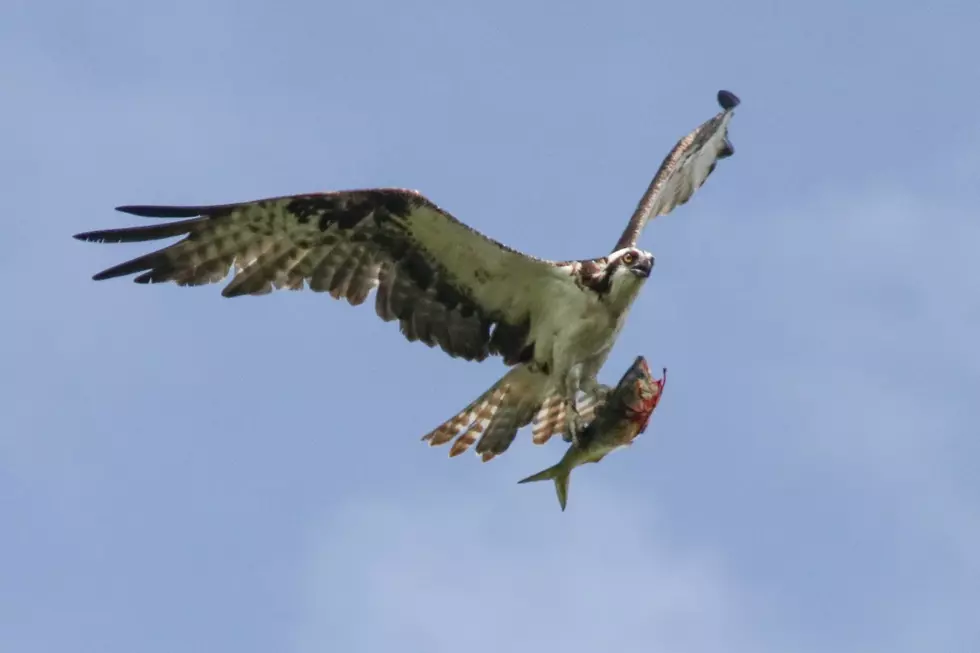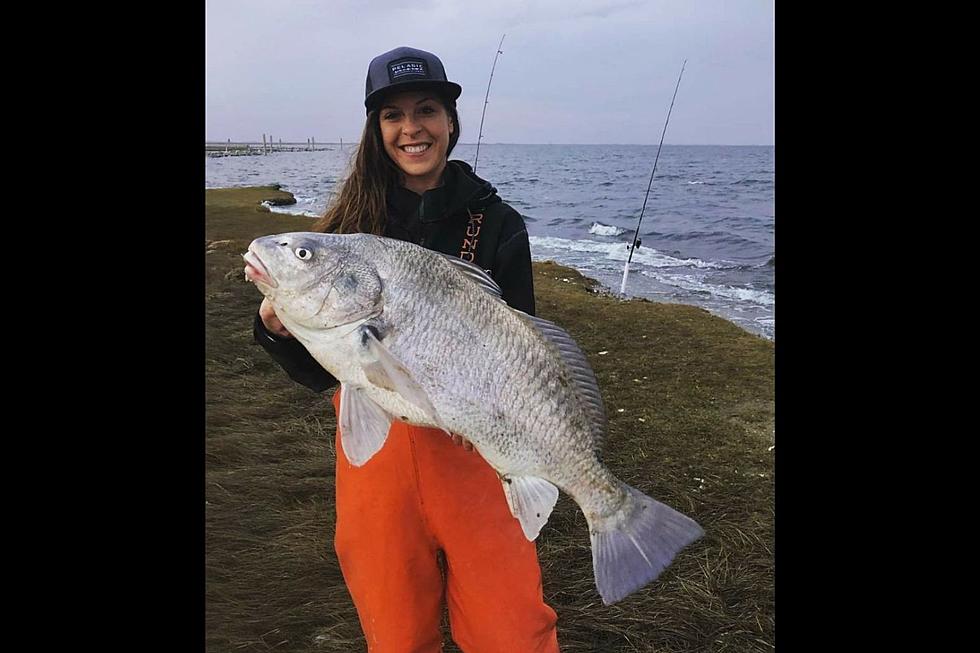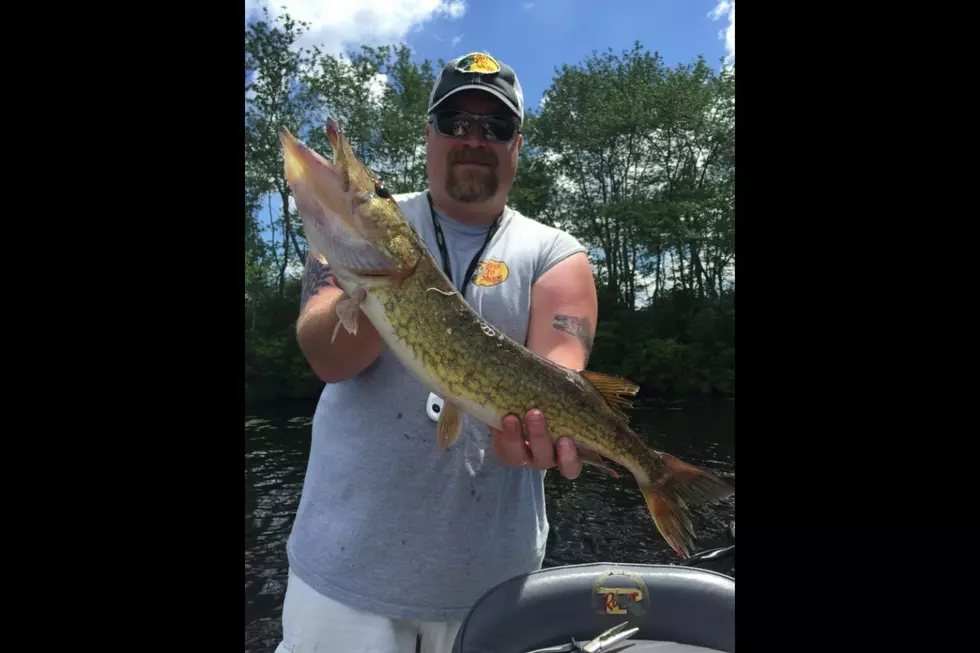
Raptor Rapture Across South Jersey
The springtime migration of raptors through, or to, southern New Jersey is happening, brought to light with first hearing, then seeing, an osprey make a dive into the ICW while plugging for stripers behind Ocean City. In a not-so-rare miss, the “fish hawk” took off, giving a body shake to rid its feathers of water, and then beat wings down the waterway, looking for another possible victim.
“Oh, they’ve arrived, mate. It might be a wee bit early by a few days, but I’ve seen osprey down here as early as the second week in March,” said Raptor ID Guide author Richard Crossley in his distinctive English accent. Crossley, who recently moved to California from his longtime Cape May abode to research and write a guide to western birds, has chronicled ospreys arriving in the peninsula county for several decades. Within a few days to either side, mid-March is the time when this sizable (60-63 inch wingspan and weighing 2.5-3 lbs.) fish eating raptor moves in along Garden State coastal habitats to breed.
Wildlife photographer/outdoor writer Sean Quinn (see images), concurs with Crossley. Shares Quinn, “I saw my first 2021 osprey March 12 when I fishing the Delaware River in Penns Grove. Caught some striped bass and saw an osprey. A sure sign that spring is here. It doesn’t get much better than that.”

No doubt you’ve seen the osprey’s big, bulky nests in bank side trees, channel markers, or the custom made nesting platforms installed along coastal marshes and estuaries. The osprey is rivaled only by the bald eagle (which has made a monumental comeback in New Jersey) when it comes to a fancy for finned prey, but unlike the national symbol it doesn’t eat carrion.
While great to see, the osprey is not fondly looked upon by anglers, especially those partaking in southern New Jersey’s April-into early May trout fishing. Ospreys delight, at least to me, diving (they can get down nearly three feet below the surface) and then flapping a retreat, complete with the body shake, while clutching a stocked rainbow trout in its talons. Besides trout, they’ll nail largemouth bass, sunfish, white and yellow perch, herring, pickerel, bunker, small flounder, stripers and bluefish...and more. If it has fins, it’s fair game.
Inland, the red-tailed hawk reigns supreme. As with the osprey, it has returned from near extinction from DDT and other factors, to once again establish a year-round stronghold in New Jersey’s fields and woodlands. It’s distinctive cry is its calling card, that and its 50-plus inch wingspan. The rusty red-hued tail fan is a dead giveaway to this avian predator’s identification. You’ll see it perched on tree branches, telephone poles, fence posts and the like where it peruses the landscape from an elevated position. A true meat eater, it digs the talons into the likes of rabbits, squirrels, and woodchuck, possum and raccoon kits, snakes, and birds, especially stocked pheasants, bobwhite quail, and chukar partridges. Yes, most raptors are cannibals. Nature ain’t a LaLa Land!
This again availed itself this past Monday morning when a few seconds look away from the backyard bird feeder was cause for the miss of the demise of mourning dove that was greedily pecking at the spilled seed, oblivious to all else. In a blink there was a burst of feathers, these sifting down as what a quick guess was a Cooper’s hawk, or could have been a sharp-shinned hawk or a broad-winged hawk (it happened so quickly), winged rapidly away with a dead dove in its grip.
No doubt our spring bird fancy concentrates primarily with the upcoming late April to late May wild turkey hunting season, but raptors certainly add to the spring wing fling.
Recommended reading: The Crossley Raptor ID Guide by Richard Crossley; Hawks At a Distance: ID of Migrating Raptors by Jerry Liguori.
LOOK: The least obedient dog breeds
See the Must-Drive Roads in Every State
More From Cat Country 107.3










